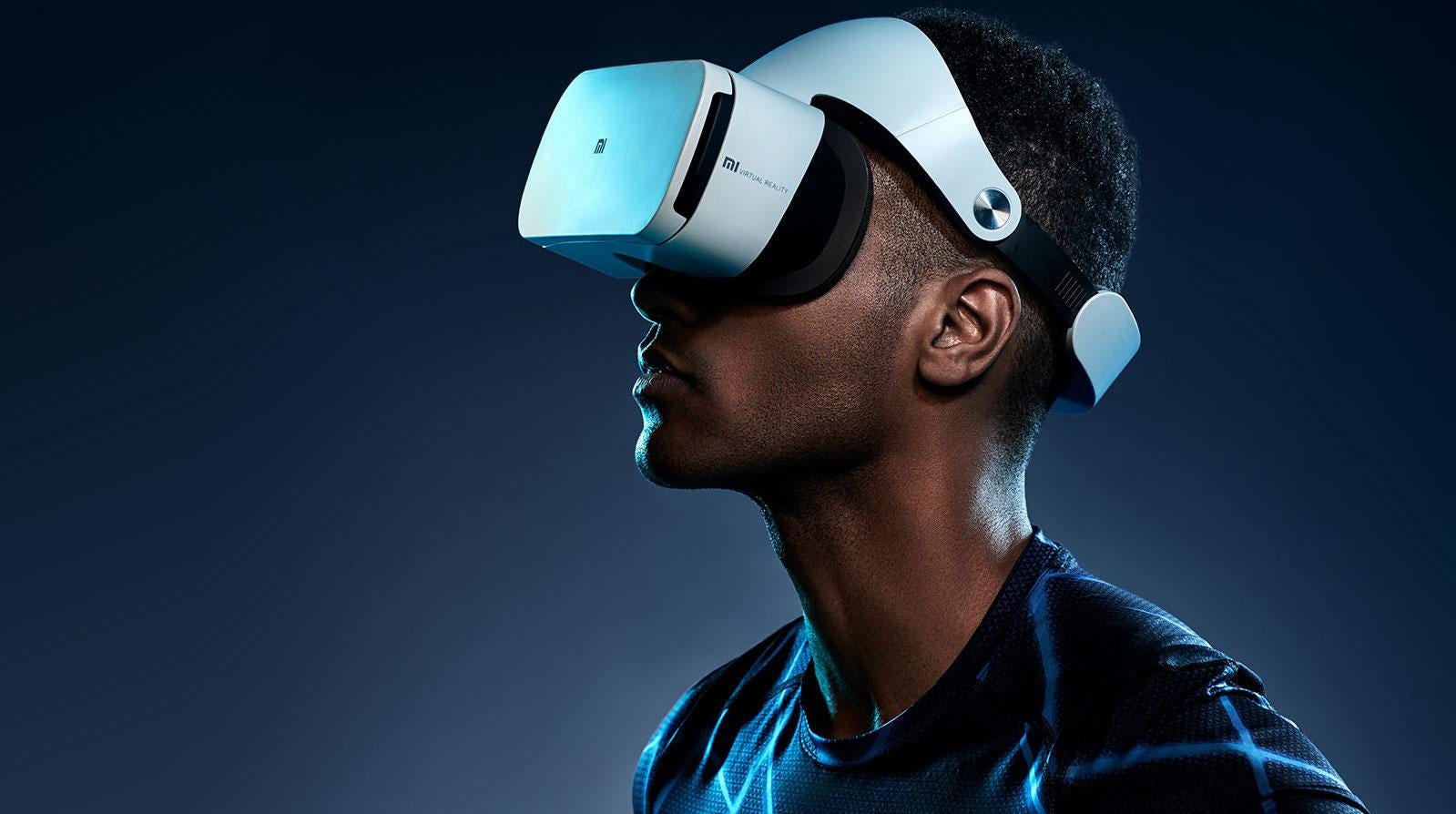Virtual Reality (VR) has transformed how we interact with digital environments, creating immersive, lifelike experiences that once seemed like science fiction. From gaming and education to healthcare and real estate, VR is redefining the boundaries of possibility. But what exactly is virtual reality, and how does it work? Let’s dive in.
What is Virtual Reality?
Virtual Reality is a simulated experience that uses computer-generated environments to create an immersive and interactive world. Through VR headsets and controllers, users can engage with 3D worlds that feel real, even though they’re entirely digital.

Unlike traditional 2D screens, VR immerses you in an environment where you can look around, interact with objects, and feel like you’re truly present within the scene. For instance, instead of watching a video of a roller coaster, VR makes you feel like you’re riding it.
What Are the 3 Types of Virtual Reality?
- Non-Immersive Virtual Reality:
Non-immersive VR involves interaction with a virtual environment through a standard screen (like a computer monitor) and input devices such as a keyboard or game controller. For example, video games like The Sims provide non-immersive VR experiences. - Semi-Immersive Virtual Reality:
This type offers a partially immersive experience, typically using large screens or projectors with 3D elements. Flight simulators used for pilot training are a prime example, combining realistic visuals with physical controls for a semi-immersive effect. - Fully Immersive Virtual Reality:
Fully immersive VR places users in a completely digital environment, where they experience sights, sounds, and interactions in 360 degrees. This is achieved using VR headsets, motion tracking, and sometimes haptic feedback devices. For example, games like Beat Saber or applications like Google Earth VR provide fully immersive experiences.
What is VR, and What’s an Example?
VR, or Virtual Reality, is a technology that creates a computer-generated simulation of an environment or situation. Users experience VR through specialized equipment like headsets (e.g., Oculus Quest, HTC Vive) that display the virtual world, while controllers or gloves track their movements for interaction.
An example of VR in action is Google Tilt Brush, an application that allows users to create 3D paintings in a virtual space. Instead of painting on a flat canvas, artists can step into their creations, adding depth and dimension to their artwork.
What Technology is Used in Virtual Reality?
VR relies on a combination of advanced hardware and software technologies to create its immersive experiences:
- Head-Mounted Displays (HMDs):
Devices like the Meta Quest or PlayStation VR provide the visuals, displaying 3D images and tracking the user’s head movements for a seamless experience. - Motion Tracking:
VR systems use sensors like accelerometers, gyroscopes, and external cameras to track body movements, enabling users to interact with the virtual environment. - Haptic Feedback:
Gloves, vests, or controllers equipped with haptic technology simulate touch sensations, allowing users to “feel” virtual objects. - VR Software and Applications:
Powerful software platforms create and render 3D environments in real-time. Popular VR engines include Unreal Engine and Unity. - Audio Technology:
Spatial audio systems deliver 3D sound that corresponds to the user’s virtual surroundings, enhancing immersion. - Connectivity and Hardware:
High-performance GPUs, CPUs, and wireless connectivity are crucial for delivering smooth and responsive VR experiences.
The Impact of Virtual Reality on the Future
Virtual reality is much more than a tool for gaming and entertainment. Its applications span across diverse fields:
- Healthcare: VR is used for therapy, surgical training, and pain management. For instance, VR helps phobia patients confront their fears in controlled environments.
- Education: Students can explore historical landmarks, dissect virtual organisms, or conduct experiments in a risk-free, virtual lab.
- Real Estate: VR tours allow potential buyers to “walk through” properties from anywhere in the world.
- Workplace Training: From training pilots to equipping workers with safety protocols, VR creates realistic scenarios without real-world consequences.
Conclusion
Virtual Reality is a groundbreaking technology that’s reshaping how we interact with the digital and physical worlds. Whether you’re exploring a new planet, learning a new skill, or simply playing a game, VR offers an unprecedented level of immersion and engagement.
As VR technology continues to evolve, its potential applications are limited only by our imagination. Whether you’re a tech enthusiast or someone curious about the future, now is the perfect time to explore the possibilities of virtual reality.
What’s your favorite VR experience? Please share it with us in the comments below!

Leave a Reply